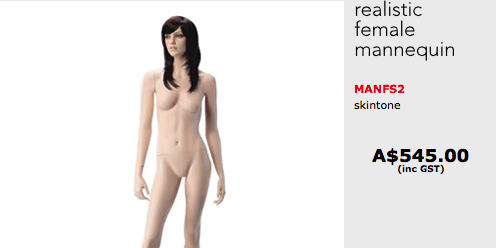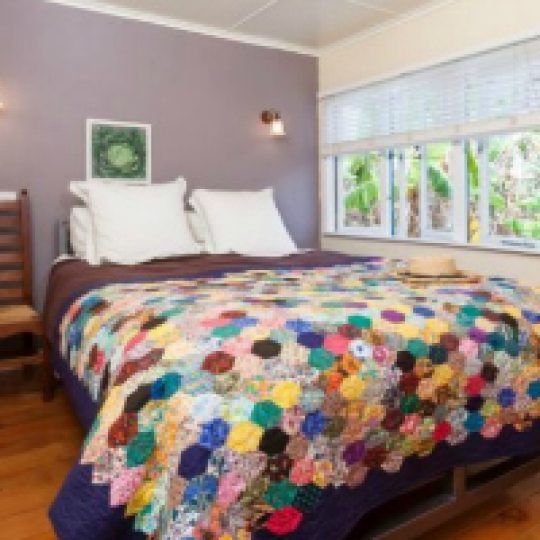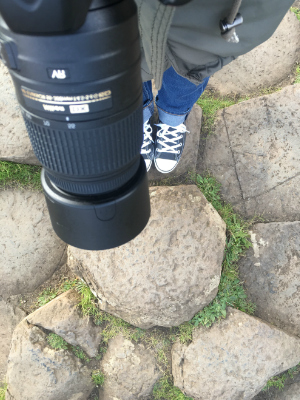I’ve always been of the opinion that the shape and proportions of a mannequin are much like that of Barbie, lovely to look at but at the same time totally unrealistic. I guessing being shorter than most mannequins means I’ve automatically said “nope” and categorised them in the “that’s not me” pile.
Every now and then the transition into summer, coupled with poorly thought out comments and media hoopla combine into a mannequin hating, industry loathing shit storm where everything becomes either Fitspo or a Body Positivity message.
In 2014, renowned New Zealand fashion designer Denise L’Estrange-Corbet, made the scathingly honest comment that “clothes look better on skinny people” and everyone threw their arms up, ready to hit the streets with burning torches. As much as I hate to say it, she is kinda right, but is that because the fashion industry has coached us to think this way. I would like to think a person of influence, like Denise L’Estrange-Corbet, would do more to create change in the industry rather than further perpetuating the old school ideal of skinny is better.
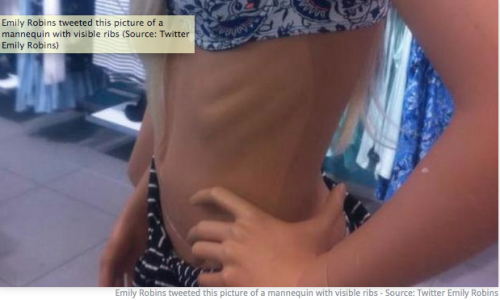
Comments about skinny models and painfully thin mannequins are damaging; as a retail business it deters those customers who feel uncomfortable about their bodies and further reinforces the notion that skinny is better.
At the same time Denise L’Estrange-Corbet was bleating on about skinny models, New Zealand clothing retailer Glassons was being hauled over the coals for their super skinny mannequins. Don’t get me wrong I totally agree, mannequins in general are very skinny and I am definitely jealous, but in fairness Glassons aren’t alone on this… almost all mannequins are skinny.
But we all know mannequins aren’t real right? Maybe they’re related to the Kardashians… slim, tall, busty with perky boobs, curves “in all the right places” and beautiful long limbs? I’m far from mannequin shaped and I’m definitely not Barbie shaped and I’ll certainly never be model shaped, I wear a 12E bra, size 10-12 bottoms, anywhere from a size 10-14 top, I’m one hundred and fifty something centimetres tall weighing in at 74kg.
Comments about “clothes looking better on skinny people” are stupid but are only part of the problem. How many department stores, fashion retailers and clothing designers hero their plus size models or even average sized models on their catalogue covers, television advertising, runways, billboards … better yet why even have “plus size” models?
…Why not just models?
Many consider size 14 – 16 to be the starting point of “plus size” but apparently the average New Zealand woman is a size 12-14, so why not use “normal” women to market to “normal” women? Are we partly to blame, because we as consumers don’t want to be marketed to using “normal“? Perhaps we just appreciate and tolerate the fantasy of fashion and thus the cycle continues. I personally don’t like the way “plus size” is separated out from the rest of the sizes, into its own wee category.
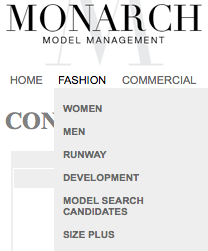
Having worked in retail marketing I’ve seen it all. I’ve seen models made skinnier, models made taller, young models wearing clothing for aimed at older women and clothing lengthened because the model was too tall. I’ve seen tattoos removed, tans added, teeth whitened and curves smoothed out. I’ve seen the so called “plus sized” model in the “plus size clothing” digitally slimmed down so she’d look more commercial. There have been requests to remove knees (which weren’t carried out) and children’s missing teeth to be put back in. There have been size 14 models jammed into size 10 denim shorts, leaving unrealistic retouching requirements. The fact is, we never really know the amount of retouching that gone into an image…we never really know how much of what we’re looking at is even real. Maybe we all have an aversion to reality? We’re all partial to the fairy tale of fashion and almost all of us are guilty of being part of the problem rather than the solution.
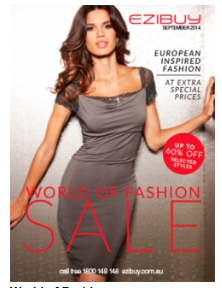
We’ll never know the level of retouching
Wouldn’t it be great to see major players in New Zealand fashion like Denise L’Estrange-Corbet and Glassons be the start of a positive change rather than further examples of the norm. Just because it’s the norm doesn’t mean it’s the way it should be.
